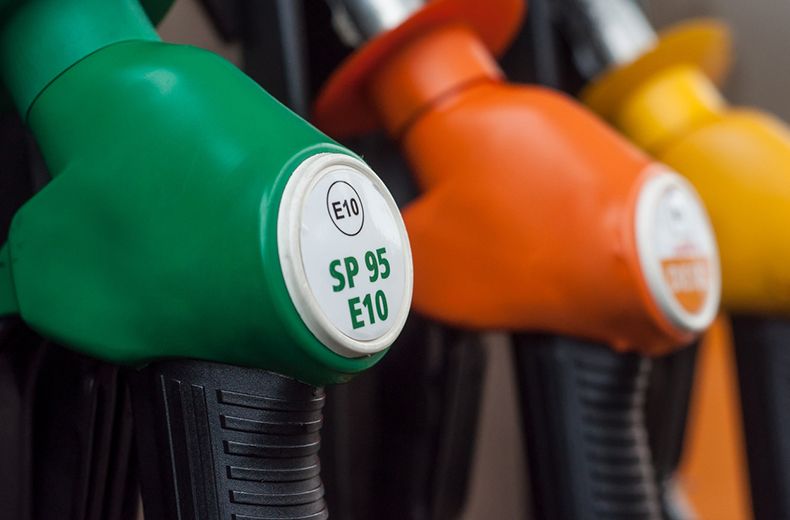Gone are the days of choosing either petrol or diesel at the pump, but what are all these fuels and which one should you be using in your car?
To help you understand what fuel you should be putting into your car, here’s our simple guide to fuels in the UK and across Europe.
What types of fuel are there in the UK?
There are six common ways to power your car in the UK:
- Petrol: The most common fuel used to power cars in the UK, unleaded petrol is mixed with bioethanol to make them more environmentally friendly
- Diesel: Although UK demand has dropped due to some high profile scandals and concerns over diesel’s environmental impacts, common diesel types are regular diesel (low sulphur) and premium diesel†
- LPG: Standing for Liquefied Petroleum Gas, LPG is made of butane and propane. It’s available at most UK fuel stations and is cheaper than petrol and diesel, although cars need to be specially converted to run on the gas
- Biofuels: Although not widely commercially available in the UK on their own, biofuels are currently blended with both standard unleaded petrol and standard diesel to make them more environmentally friendly.
- Electric: Increasingly common in the UK, battery electric vehicles (BEVs) require no fuel whatsoever and are powered by a rechargeable plug-in battery
- Hybrid: Powered by two distinct types of energy (either petrol or diesel and electric), there are two types of hybrid car: plug-in hybrid (PHEV) and hybrid

RAC Breakdown Cover
Limited Time Offer
*£7 a month for new, single vehicle Basic cover. ^For 1 nominated vehicle when added to Extra or Complete cover. New customers only. Ends 29/04/24. 7am.

What types of petrol are there?
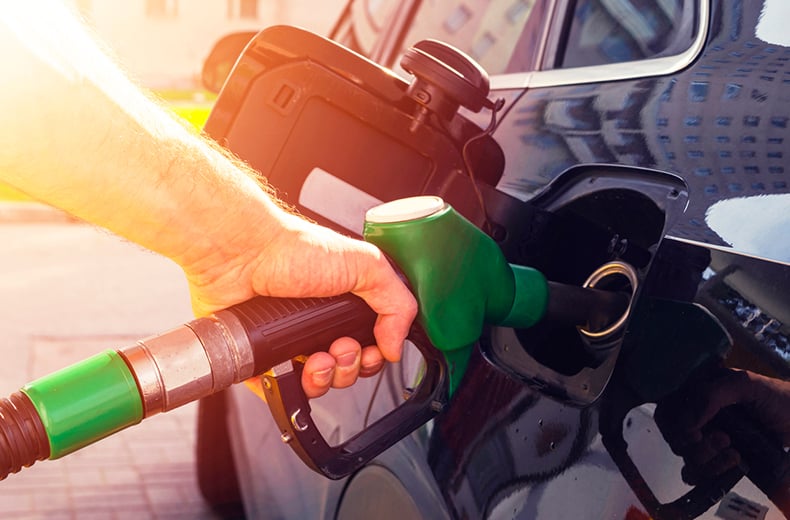
If there weren’t enough different ways to power your car, there are also different types of unleaded petrol.
All contain up to 5% bioethanol – apart from E10 which contains up to 10% - and are differentiated by their Research Octane Number (RON):
E10 (95 octane)
This became the standard grade of petrol in Great Britain on 1 September 2021, while it is due to be rolled out in Northern Ireland in 2022. To find out more, see our informative E10 guide.
Premium Unleaded (95 RON)
Although it’s called premium, this is actually the standard unleaded petrol available across Europe and is suitable for almost all petrol engines.
Super Unleaded (97/98 RON)
The highest-octane fuel widely available is required for some high-performance Japanese cars and preferable for others (like Porsches), although in most cars any benefits are negligible.
Premium fuels
Some retailers sell their own high-performance, high-octane fuels, e.g. Total Excellium Unleaded and Shell V-Power Unleaded, which has an octane rating of 99 RON, the UK’s highest.
Labelling for unleaded petrol (and diesel) changed in Summer 2019 to match the EU standardisation requirements of the time. Instead of being called “unleaded” or “diesel”, fuels started being referred to for their biofuel blend – unleaded petrol called E for ethanol and diesel called B for biodiesel – and their biofuel percentage.
While it is mandatory for all petrol pumps in the UK to use this method of labelling, often retailers use older names alongside “unleaded” and “diesel” to help motorists.
What is E10 fuel?
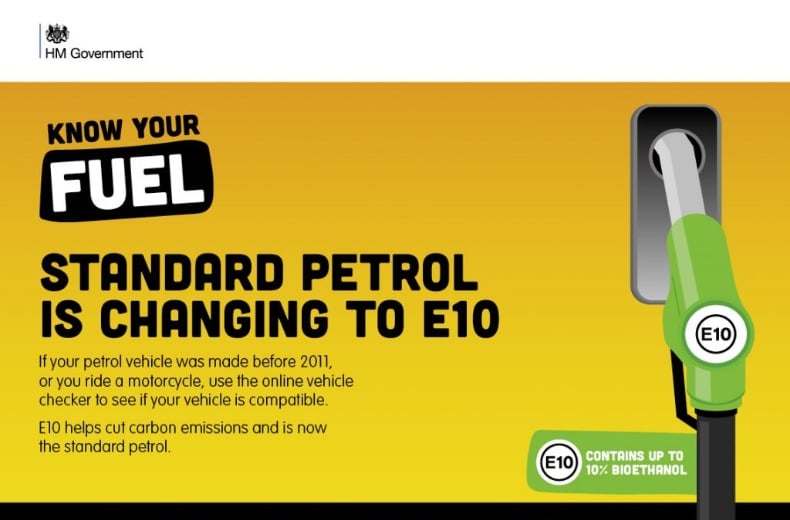
As you might have guessed from the name, E10 is an unleaded petrol made up of 90% regular unleaded and 10% ethanol.
10% ethanol can be added to mineral gasoline to give either 95 RON or 97/98 RON fuels. In reality, because of the higher octane number of ethanol it is useful as a blend component to achieve the higher research octane number of 97/98 without using high cost mineral blend components.
This is why we initially saw E5 in the `super’ products and not the 95 RON premium gasolines.
The greener fuel is sold in several EU countries, including France, Germany, Belgium, and Finland, with experts predicting that all petrol cars in the EU running on E10 would lead to a carbon reduction equivalent to taking 9 million cars off Europe’s roads.
While it had already started to appear at UK forecourts, full roll-out of E10 across the country began in September 2021 to help the government meet its carbon emission targets. Our full E10 guide tells you more.
Is E10 bad for my car?
Since 2011, all new cars sold in the UK have been E10 compatible, but despite this the Society of Motor Manufacturers and Traders (SMMT) estimate around 8% of the UK’s petrol cars remain incompatible with the fuel.
Drivers of cars registered before 2002 are advised not to use E10 in their vehicle as problems can occur. If you put E10 in an incompatible car it will still run, but seals, plastics and metals might be damaged over time due to bioethanol’s corrosive properties. As a hygroscopic, it absorbs water from the atmosphere and leads to condensation in fuel tanks if the car is left unused for too long.
If you do accidentally put E10 in an incompatible vehicle, the effects will depend on the type of vehicle, engine and how much fuel was used. It might cause some pre-detonation, a little rough running and/or cold starting.
But don’t fret too much if you do find yourself in this situation, as there are solutions. Top up the fuel compatible with your vehicle as soon as you can when around a third to half of the tank is used.
For more information on this new blend of petrol and to find out how it could affect you both here and abroad, check out our complete guide to E10 fuel.
What is E85 fuel?
E85 is an unleaded petrol that’s a blend of 15% regular unleaded and up to 85% ethanol.
Despite being introduced around a decade ago, E85 is no longer commercially available in the UK although it remains widely available on forecourts across Europe, often called bioethanol E-85.
However, before filling up with E85 check your car is compatible with fuel. Most petrol vehicles aren’t, and using it could cause loss of power, fuel economy, or even lasting damage to your engine.
What’s the best petrol for my car?
Some cars run optimally on standard premium unleaded, while others run more efficiently on higher octane fuels like super unleaded so check your manual.
As a general rule, you can use a higher-octane fuel than is recommended for your car (although it might well have no discernible advantages) however using a lower-octane fuel than recommended could cause engine damage.
You can check if your car is compatible with E10 fuel by using the gov.uk online checker.
Is supermarket fuel bad?
In short, no. There aren't any major differences between supermarket and branded fuels.
Supermarket fuel conforms to the same standards (the British Standard) as branded fuels supplied by one of the major oil companies.
Every engine is designed to work with supermarket fuel. For several decades engines have been fitted with systems that automatically prevent issues (like 'knock'). Using a higher grade fuel will provide a degree of fuel efficiency but may not be significant compared with other factors which affect fuel economy, most notably driver behaviour, vehicle load, tyre pressures and traffic and weather conditions.
Some cars specify the use of higher octane fuels but drivers are unlikely to see any fuel efficiency benefits, particularly as they will be paying around 14p more a litre for super unleaded.
Should I use a premium fuel?
Again, this depends on your car.
If you own a high-performance car a premium fuel may improve driving performance and fuel efficiency, and may even be required by the manufacturer.
That's because some brands include a package of fuel additives in their premium fuel, like detergent, which are designed to keep the internal parts of the engine clean, particularly the fuel injection system.
So if you're concerned about the health of your vehicles’ engine, it might be beneficial to choose a premium fuel rather than fuel with little or no detergent. Once a fuel injection system gets dirty no fuel line cleaner will be able to completely rectify the problem.
However, for many cars a premium fuel makes no discernible difference to their performance but could see you paying out more for no reason, so research first before topping up.
What’s the difference between 91 and 95 octane fuel?
Put simply, the only difference between these two fuels is their Research Octane Number, with the higher-octane 95 unleaded designed to be more fuel efficient and lead to a smoother engine operation.
In some countries like Australia, the standard unleaded petrol available is 91 RON however in the UK the standard unleaded is 95 RON, meaning unless you’re driving abroad you are unlikely to come across 91 RON petrol.

European Breakdown Cover
Get covered when driving in Europe for just £4.17 a day*.
*Price is based on European comprehensive breakdown cover for a 14 day trip, in a vehicle up to 1 year old, travelling in zone 1.

Can I mix premium unleaded with super unleaded?
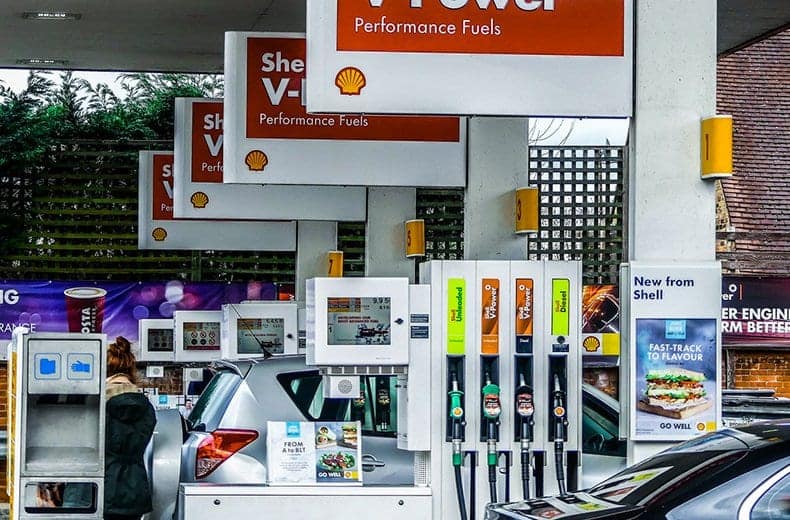
If you mix premium unleaded (which has an octane of 95 RON) and super unleaded (97/98 RON) evenly in your tank, you’ll end up with a mixed-grade petrol of around 96 RON.
However, while it’s possible to mix these fuels, experts recommend sticking to the octane recommended for your car, whether 95 or 97/98, to ensure efficient performance and avoid engine damage.
Can I mix E10 and E85?
Probably not, no.
While the majority of UK cars are E10 compatible, they’re unable to run effectively on E85 and mixing the two could cause driving issues and even engine damage in the long-run so it’s not recommended.
However, if you happen to be driving an E85 car in the UK or abroad (and they are popular in Sweden, Brazil and other countries), you should be able to top up using E10 fuel without any issues although check with your manufacturer first.
What petrol should I use abroad?
Thanks to the new EU regulations on fuel labelling, it’s now easier than ever to know exactly what fuel to use when you’re driving abroad – you simply pick the same one as you would at home, whether diesel or petrol.
For those driving in France, E10 is the most common unleaded petrol available. If you’re unsure that a vehicle is compatible with E10 fuel you can use the gov.uk checker.
What is B10 diesel?
B10 diesel is a new variety of diesel now available on forecourts in France which contains 10% biodiesel.
Whilst B7 is regarded as safe for all diesel vehicles, there are some compatibility concerns for B10.
The European Automobile Manufacturers' Association have published a compatibility table which you should check out before you risk filling up on your road trip.
As well as knowing your fuels, make sure you have European Breakdown Cover and have researched all the motoring laws and requirements for every country you plan to travel through.
What should you do after putting the wrong fuel in your car?
Get 30 driving tips that will save you money
Running a car isn’t cheap, but there are some easy things you can do to keep your costs down. Get these tips and more useful driving articles sent straight to your inbox now.
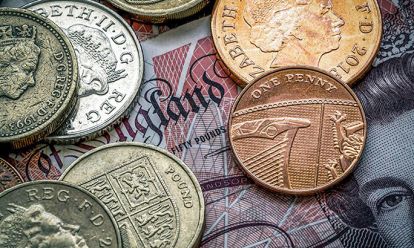

If you’re about to leave the petrol station and realised you have put the wrong type of fuel in your car, don’t panic - you can help rectify this situation. Acording to RAC data, around 150,000 Brits make the same mistake every year
Have you turned the ignition yet? If not, then please don’t! The most serious damage caused in this is scenario is from misfuelling after turning on the ignition.
Here’s what you should do:
- Leave your engine switched off and avoid putting your key in the ignition
- Let staff at the petrol station know what’s happened
- Put the car in neutral
- Push the car to a safe place
- Call breakdown cover or RAC Fuel Patrol to drain and flush your fuel system
- Call your insurance provider as soon as possible
For more information, read our guide on what to do when you put the wrong fuel in your car.

